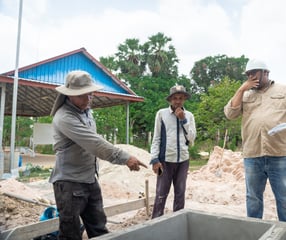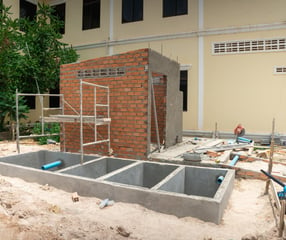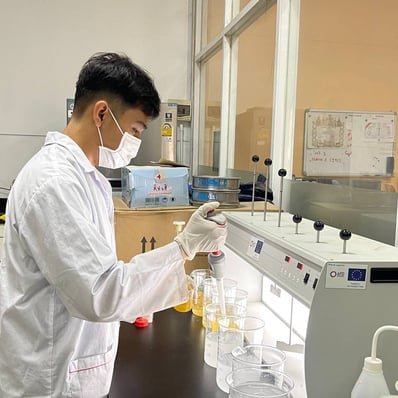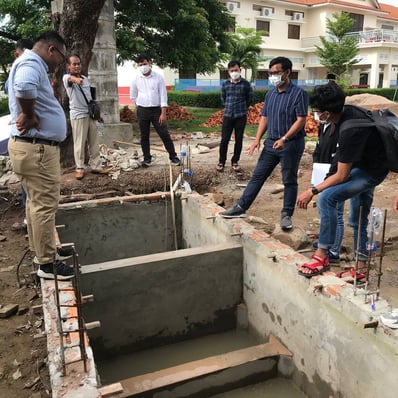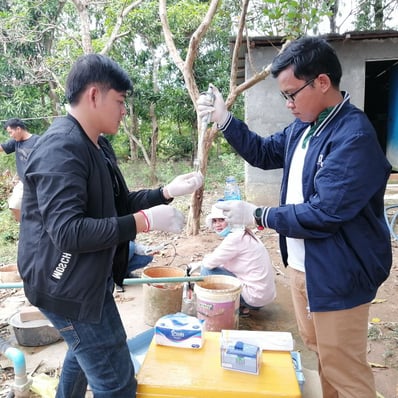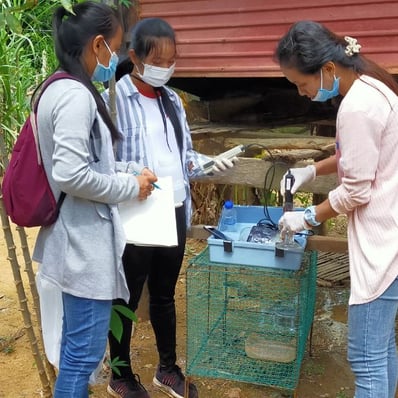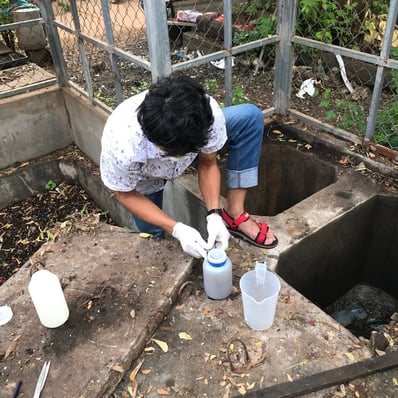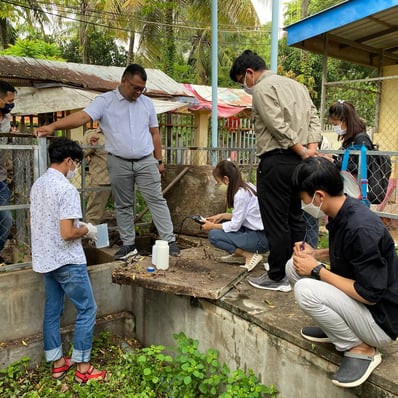Development of eco-friendly and low-cost wastewater treatment system as an on-site product
Funded by HEIP-MoEYs
RESEARCH
Author
3 min read
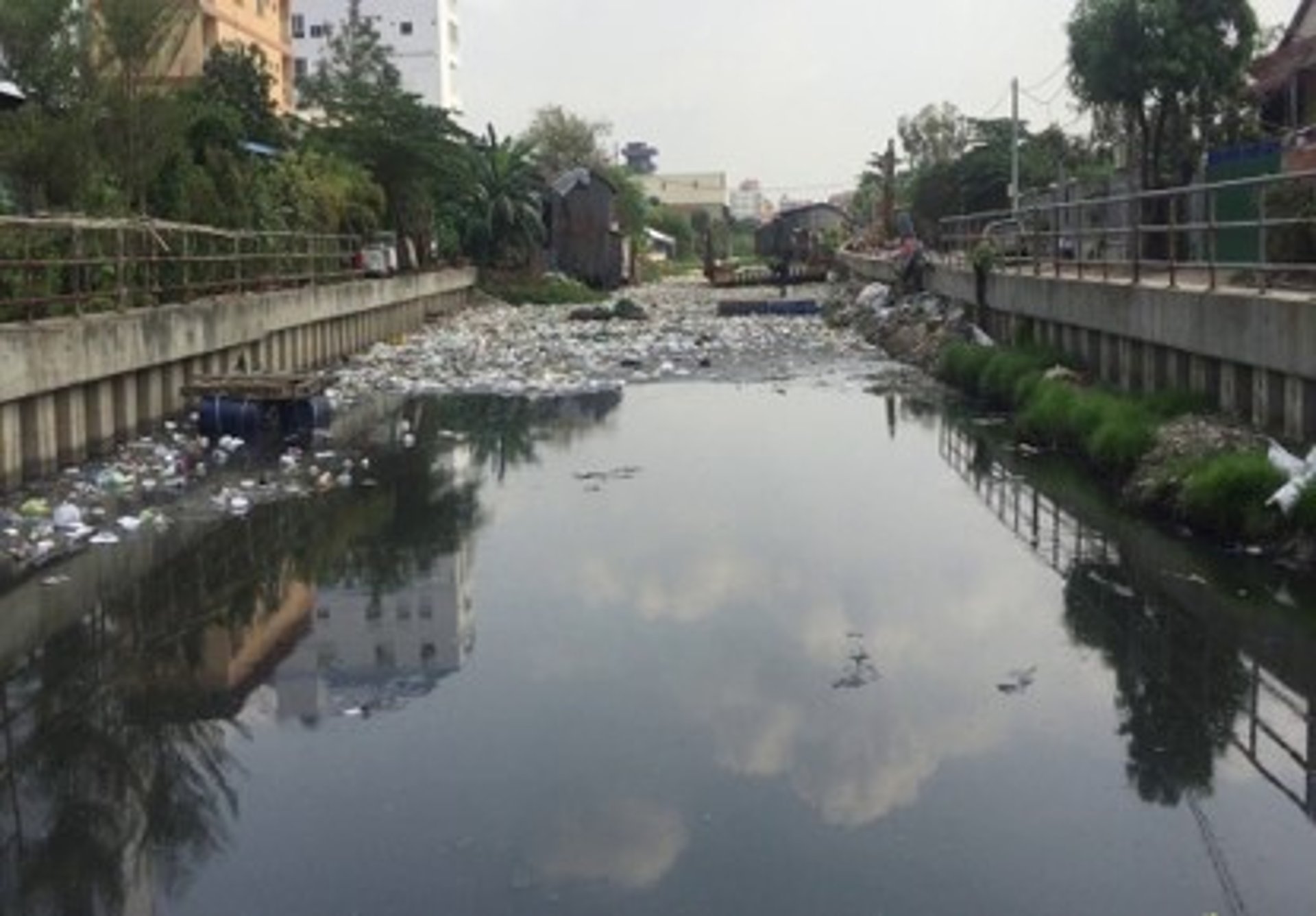
Project Background
Under the rapid development of Cambodia, population, urbanization, and industrialization have speedily increased. Consequently, the increase in wastewater production has been considered one of the current environmental pollution issues. Day-by-day, sustainable and cost-effective technologies for treating wastewater are continuously needed. The anaerobic process can be considered an effective and economical industrial and domestic wastewater technique.
This process is expected to advance the excellent ability of granular sludge, high biomass, and rich microbial diversity and remove pollutants effectively to achieve a clean water environment as an eco-friendly process and low-cost requirement.
to evaluate and compare the treatment performance of septic tanks, anaerobic baffled reactors (ABRs), and anaerobic filters (AFs), and to determine their respective treatment capacities in terms of chemical oxygen demand (COD) removal.
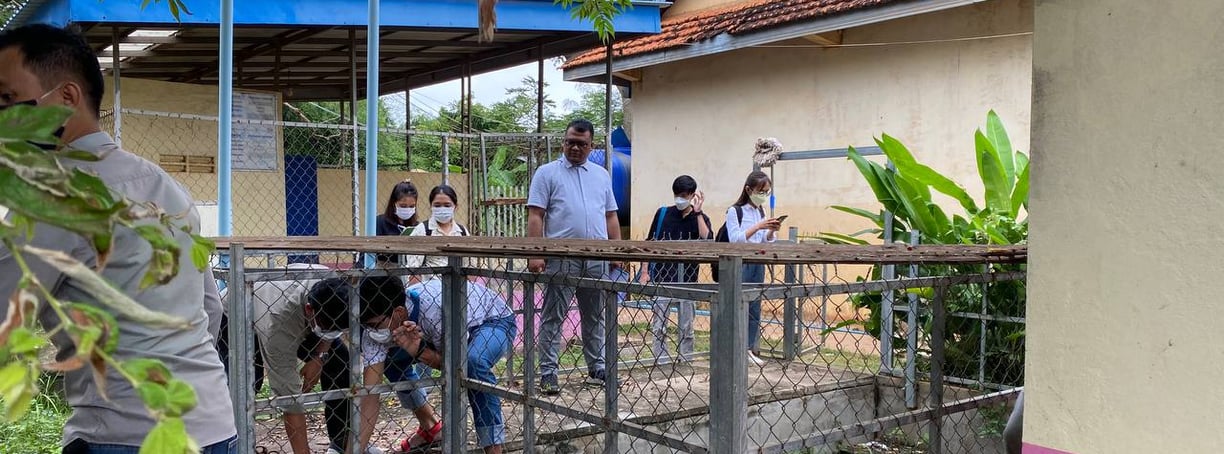

Objective
Scope of Work
to conduct a laboratory-scale investigation by constructing reactors for three types of DEWATS systems (septic tank, ABR, and AF) and observing the effluent quality for pH, EC, TDS, and COD under varying hydraulic retention times (HRT) and initial sludge concentrations.
Our Impacts
Improved Sanitation Access: The research can provide valuable data for selecting and implementing cost-effective and appropriate DEWATS technologies (septic tank, ABR, AF) in smaller and rural Cambodian communities where centralized wastewater treatment is often unfeasible.
Enhanced Public Health: By promoting the use of effective decentralized wastewater treatment systems, the project can contribute to better management of wastewater, reducing the risk of waterborne diseases and improving overall public health, particularly in vulnerable communities.
Sustainable Wastewater Management: The project supports a more sustainable approach to wastewater management in Cambodia by exploring decentralized solutions that are often more adaptable, less energy-intensive, and require lower capital investment compared to centralized systems.
Project Activities
1. Laboratory Experimental
The experimental phase of this project involved meticulous preparation and setup of laboratory-scale reactors. The experimental procedure was carefully designed to investigate the treatment performance. Analytical parameters monitored included solid composition (TSS, MLSS, MLVSS) using the 2540-APHA method, COD following the 5220-APHA method, and pH, EC, and TDS, which were analyzed using a HACH multi-meter.
2. Student Advisory
This project involved the advisory of several undergraduate and graduate students who have since completed their studies. Specifically, six bachelor students were advised: Mr. KIT Kan (graduated 2022), Mr. YEM Sakada (graduated 2022), Mr. ANG Udomreaksmey (graduated 2023), Ms. Korn Sreyleak (graduated 2023), Mr. Hour Sotheara (graduated 2023), and Ms. Sreng Chanmonineth (graduated 2023). Additionally, the project included the advisory of three master students: Mr. Heang Borin (graduated 2021), Ms. Seng Phaya (graduated 2021), and Mr. Pang Borith (graduated 2022).
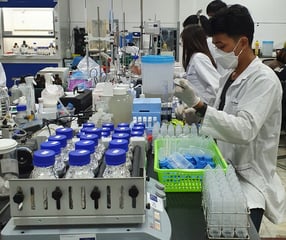

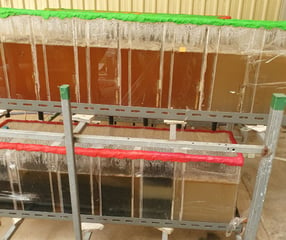

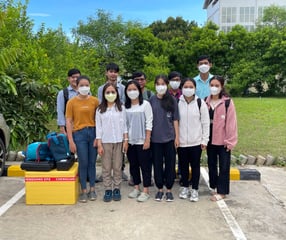

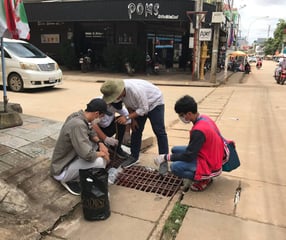

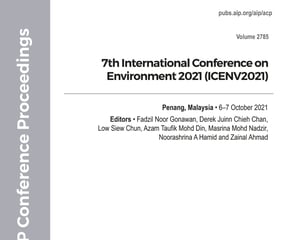

3.Publication
This project has resulted in the dissemination of findings through several academic channels. Six conference proceedings were presented at the following events:
- The 7th International Conference on Environment (ICENV2021), held in 2021.
- The 2nd ASEAN International Conference on Energy and Environment, held in 2022.
Furthermore, the project has contributed to six international publications, both featured in:
- AIP Conference Proceeding, published in 2023.
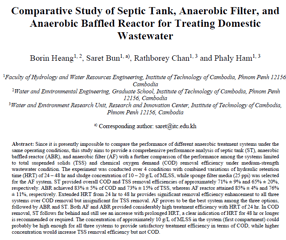

4.Prototype units
This pilot system, incorporating the optimized design parameters identified in the lab, will undergo rigorous evaluation to assess its treatment performance under more realistic field conditions. The data gathered from the pilot system's operation will be instrumental in developing comprehensive design criteria and a practical operation and maintenance manual.
